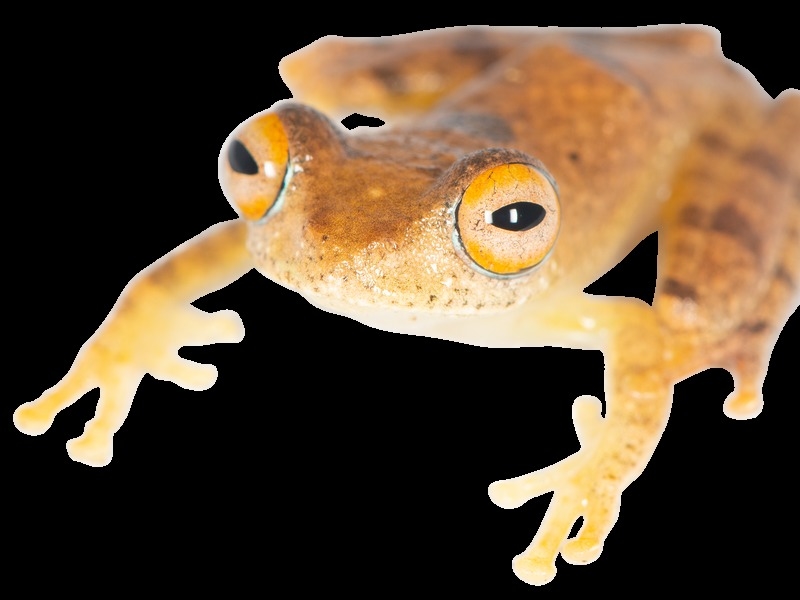Researchers have discovered seven new species of frogs in Madagascar and say the high-pitched whistling calls they make are like sound effects from Star Trek.
Most people would associate frogs with croaking, but the newly identified animals emit special bird-like whistling sounds in their communication with other Boophis species frogs.
These noises reminded the research team, led by Professor Miguel Vences of the Technische Universitat Braunschweig, Germany, of the sci-fi show where similar sound effects are used, and so the animals have been named after seven of the series’ characters.
Assistant Professor Mark Scherz from the Natural History Museum of Denmark at the University of Copenhagen, who was senior author on the study, said: “Not only do these frogs sound like sound-effects from Star Trek, but it seems also fitting that to find them, you often have to do quite a bit of trekking.
“A few species are found in places accessible to tourists, but to find several of these species, we had to undertake major expeditions to remote forest fragments and mountain peaks.
“There’s a real sense of scientific discovery and exploration here, which we think is in the spirit of Star Trek.”
The calls of these frogs are known as advertisement calls – a type of self-promotion that might convey information about the male frog’s suitability as a mate to females, researchers say.
The group that they found lives in the rainforest along fast-flowing streams in the most mountainous regions of Madagascar – a loud background that may explain why the frogs call at such high pitches.
For those who are not fans of Star Trek, the calls might sound like a bird or an insect.
Dr Jorn Kohler, Senior Curator of Vertebrate Zoology at the Hessisches Landesmuseum Darmstadt, Germany, said: “If the frogs just croaked like our familiar European frogs, they might not be audible over the sound of rushing water from the rivers they live near.
“Their high-pitched trills and whistles stand out against all that noise.”
The researchers hope their findings, published in the Vertebrate Zoology journal, will strengthen conservation efforts in Madagascar’s rainforests.






